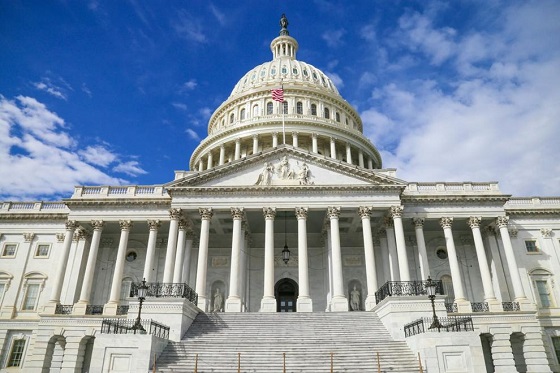From The Center Square
By Casey Harper
Polymarket, the betting market that predicted the presidential election with remarkable accuracy, shows Republicans have a 97% chance of winning control of the House.
Republicans are on track to control all three branches of government for the first time since former President Donald Trump took the nation by surprise with his win in 2016.
Although many votes are left to be counted and Americans will not know the final results with certainty for days or possibly weeks, analysts generally agree that Republicans are favored to take the U.S. House of Representatives after already reclaiming the Senate.
A big development broke Thursday evening when media outlets called the tight Pennsylvania Senate race in favor of Republican Dave McCormick, who narrowly beat incumbent Sen. Bob Casey.
Republicans have now taken 53 seats in the Senate, winning four previously Democratic seats and securing the majority.
The Senate conversation has quickly pivoted to who will serve as majority leader.
“We have been given a mandate by the American people to support President Trump’s agenda and Make Washington WORK again,” Sen. Rick Scott, R-Fla., wrote on X. “I’m running to be the next Senate Majority leader to do just that.”
Republican Sens. John Thune of South Dakota and John Cornyn of Texas are also taking a shot at the leadership spot.
Polymarket, the betting market that predicted the presidential election with remarkable accuracy, shows Republicans have a 97% chance of winning control of the House.
Media tracking and groups’ analysis vary on how many seats Republicans have secured.
Real Clear Politics has Republicans with 212 seats, having picked up 1 so far, and Democrats with 199 seats.
The New York Times election analysts have Republicans at 210 seats, just 8 shy of a majority in the House with about 25 race outcomes left to be determined.
The Decision Desk HQ, which also analyzes results, has Republicans with 213 seats and Democrats with 200, and is projecting an 85% chance that Republicans will win the House.
Those uncalled races are scattered throughout the country, with many on the West Coast and in the Midwest.
House Speaker Mike Johnson suggested Republicans are expecting to keep the House.
Republicans keeping the House will be a legislative boost to Trump but also likely keep him from the headache of facing another impeachment.
“House Republicans have been successful in securing critical flips in swing states including Pennsylvania and Michigan, while our battle-tested incumbents have secured re-election from coast to coast,” Johnson wrote on X. “The latest data and trends indicate that when all the votes are tabulated, Republicans will have held our majority, even though we faced a map with 18 Biden-won seats.”















